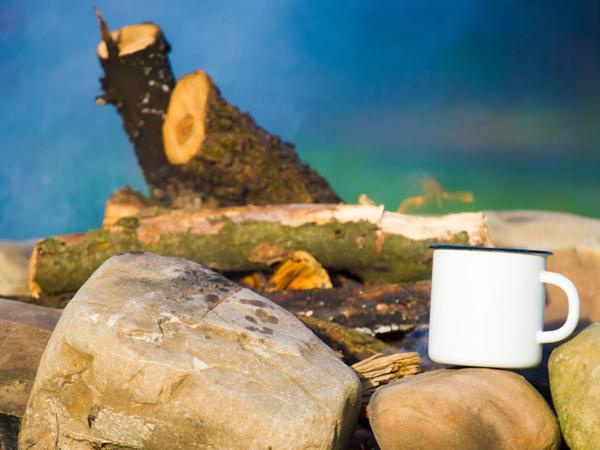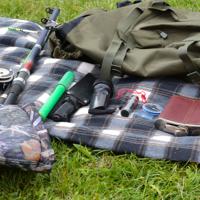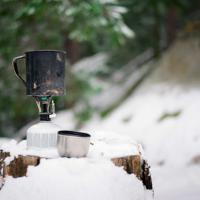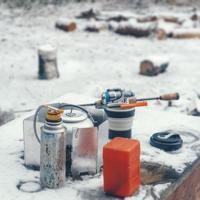When it comes to fire-starting, one of the most crucial components is the tinder. Tinder materials are essential for ignition; without them, your spark, match, or lighter may not easily catch. While it might seem straightforward, choosing the right tinder can significantly affect your ability to start a fire, especially in adverse conditions.
What is Tinder?
Tinder is any material that ignites with minimal spark, heat, or flame. Once lit, it burns quickly and hot, allowing you to add more substantial kindling and fuel. In emergency preparedness, having reliable tinder options can make fire-starting easier, even if the weather is not ideal.
Characteristics of Good Tinder
Dryness: Moisture is a tinder's biggest enemy. Ensure your tinder materials are dry; this will make them catch fire easily.
Surface Area: Materials with a large surface area, even if not immediately noticeable, catch fire more easily. Think of how a pile of fine wood shavings catches fire more quickly than a solid block of wood.
Flammability: The material should be naturally flammable. It helps if it contains oils, like pine needles or birch bark.
Weight: Lightweight materials are easier to carry in a survival kit, making them more suitable for emergency situations.
Types of Tinder Materials
Nature offers various tinder materials. Many are available outdoors, while others you can prepare or bring with you. Here are some common options:
Natural Tinder
Dry Grass and Leaves: Often found on the forest floor, these materials can catch fire easily. Ensure they are truly dry by feeling for brittleness.
Birch Bark: Known for its natural oils, birch bark can still catch fire when wet, making it highly reliable.
Pine Needles: The volatile oils in pine needles make them quite flammable. Gather the dry ones near the base of trees.
Cattail Fluff: Harvest from the heads of cattail plants; it is highly combustible. It's excellent when combined with other materials.
Cedar Bark: When shredded into fine fibers, cedar bark can catch a spark easily.
Homemade or Prepared Tinder
Char Cloth: Made by heating cotton fabric (like an old t-shirt) without air. It catches a spark quickly and is reusable.
Cotton Balls with Petroleum Jelly: Coat a cotton ball in petroleum jelly for a waterproof tinder option.
Wax Fire Starters: Create by dipping cotton pads or cardboard in wax. Once solidified, they can be broken into pieces for use.
Jute Twine: Loosened and fluffed, jute twine or rope fibers are an excellent tinder choice, often available at home improvement stores.
Environmental Considerations
While it's appealing to rely on natural tinder, it's important to avoid depleting natural resources in the area. Take only what you need and always consider the ecological impact of removing natural materials. It's a good practice to create a mix of natural and prepared tinders, ensuring readiness in various environments.
Conclusion
Selecting the right tinder is a learned skill, one that benefits from practice and familiarity with different materials. Everyone has preferences that often depend on the context and environmental conditions. By experimenting with various tinder options, you can discover what works best for you, ensuring that you're prepared when it matters most. Consider building a small collection of tinder at home, so you are ready to adapt to any survival situation that presents itself.
References
- REI Co-op: How to Choose Fire Starters
- Backcountry Survival: Types of Tinder
- Bushcraft UK: Fire Lighting Materials
Remember, fire safety is paramount. Always ensure fires are completely extinguished and follow local regulations regarding open fires in the wilderness.




